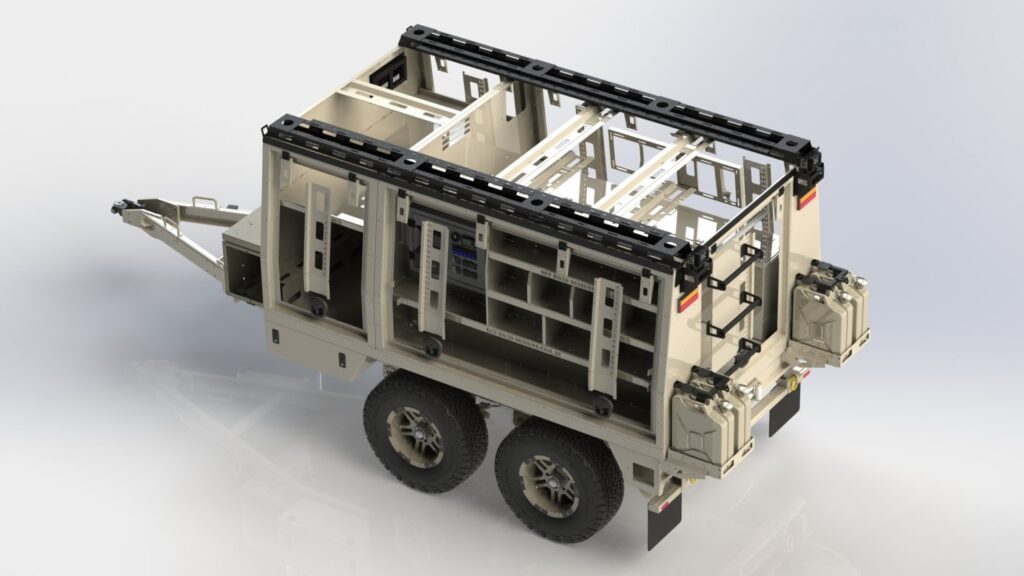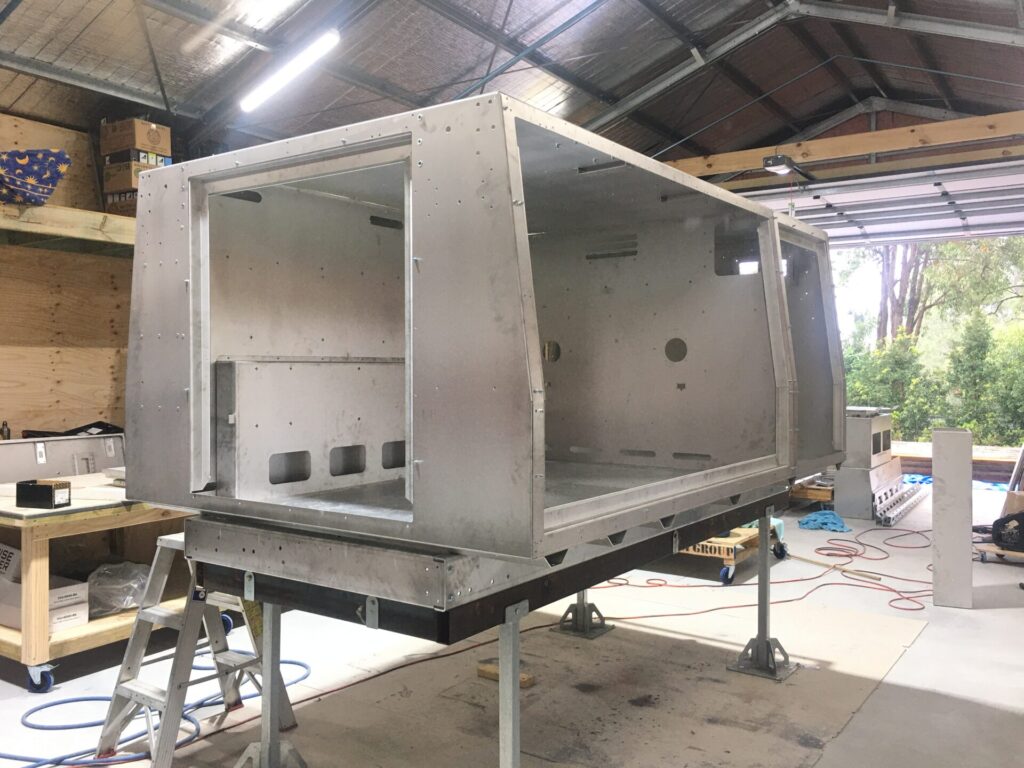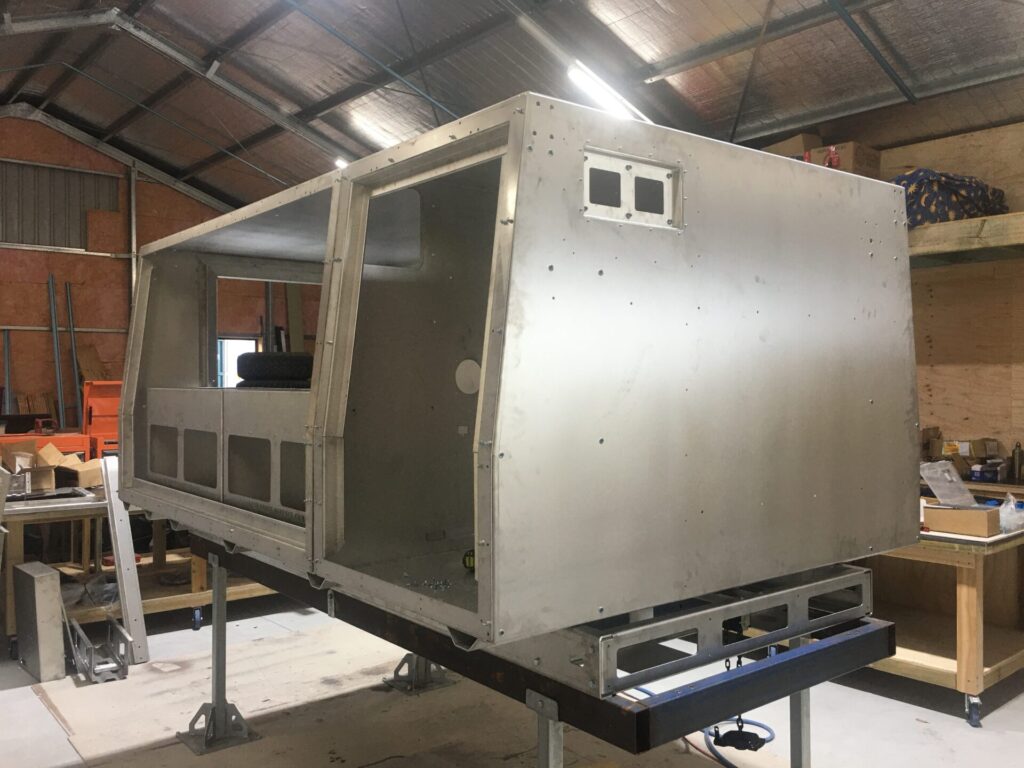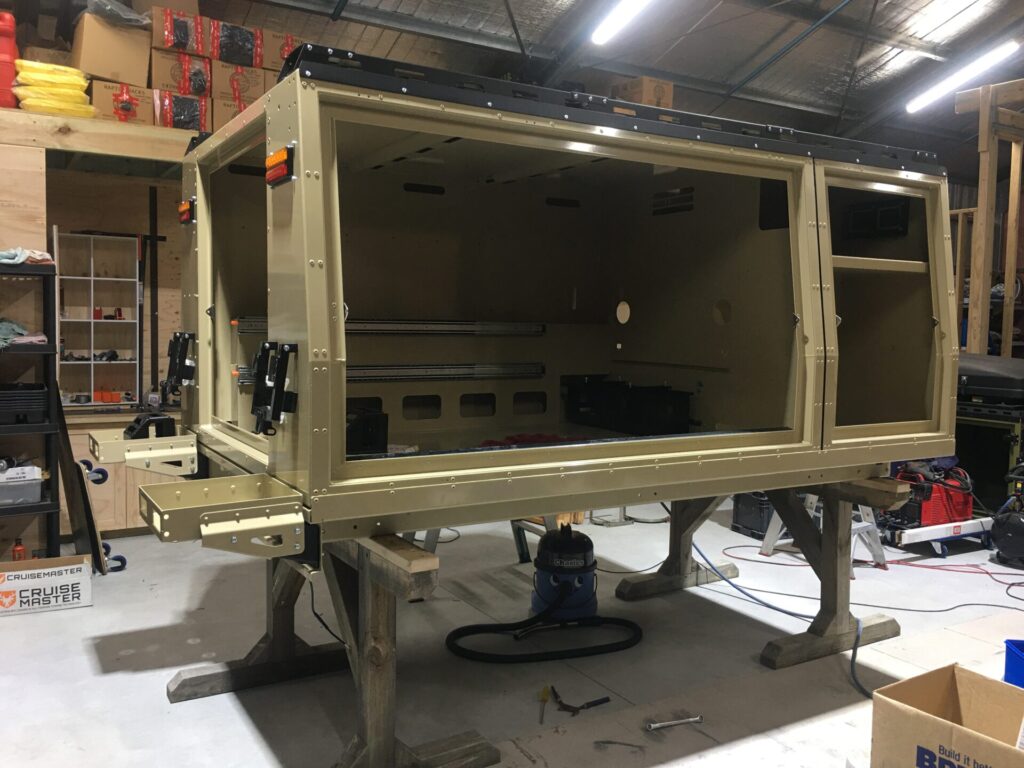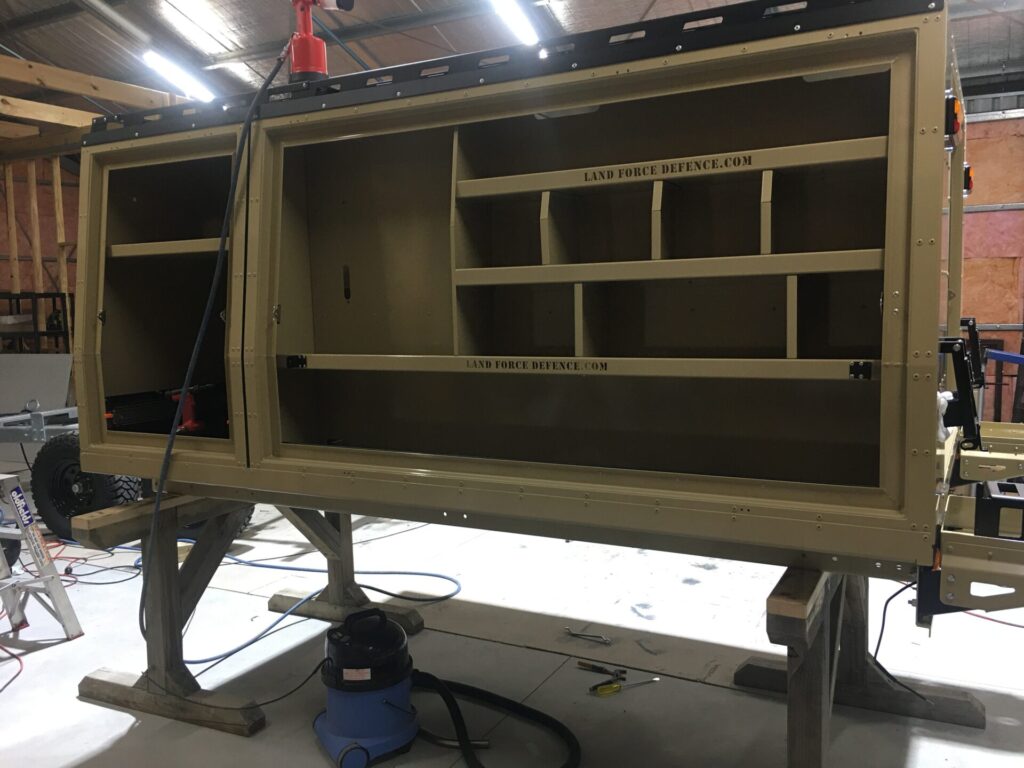The world of engineering and construction is constantly evolving, and with it, the materials and techniques used to create structures that are both strong and efficient. One such development is the Monocoque Trailer Construction and design process. These designs have revolutionized the way we think about Off Road Trailer Construction and have brought significant benefits in terms of weight reduction, fuel efficiency, and safety.
What is a Monocoque Structure?
A monocoque structure is a type of design that relies on the outer skin or shell for strength and structural integrity. Unlike a conventional frame-based structure, a monocoque does not require internal strengthening. This type of design is achieved by creating a single piece shell. That is strong enough to counter the stresses and loads placed upon it.
An example of a monocoque structure can be seen in the carbon fiber reinforced bodywork of modern Formula One racing cars. The bodywork acts as a single piece, providing the necessary strength and rigidity, without the need for a separate frame. This results in a more efficient and lightweight structure. Which can improve performance and increase safety in the event of a crash.
History of Monocoque Structures
The use of monocoque structures is not a new concept. Some racing cars in the 1960s utilized an aluminum monocoque as the bodywork. Which saved weight and improved fuel consumption. The first recorded use of a monocoque shell in the manufacture of an aircraft was in 1912. Modern passenger jets are often referred to as monocoques. Although they actually rely on a combination of the outer skin and internal formers to provide structural integrity. This type of design is more accurately referred to as a semi-monocoque.
Advantages of Semi-Monocoque Structures
The use of a semi-monocoque structure for our R.A.S.V. Off Road Trailers provides several benefits. The combination of the outer skin and internal skeleton provides improved structural integrity, making the trailer more resilient to stress and damage. The lightweight nature of this type of design also leads to improved fuel efficiency, which results in reduced emissions and a more environmentally friendly design.
Differences between Monocoque and Semi-Monocoque Structures
While the terms monocoque and semi-monocoque are often used interchangeably, there are some key differences between the two. A true monocoque relies solely on the outer skin for strength and structural integrity, while a semi-monocoque incorporates both the skin and internal formers to provide additional support. For example, the wings of modern passenger jets are typically a monocoque construction, while the fuselage is a semi-monocoque.
Applications of Semi-Monocoque and Monocoque Trailer ConstructionStructures
The benefits of monocoque and semi-monocoque structures have led to their widespread use in a range of industries. In addition to our trailer designs, these designs are also used in the construction of aircraft, boats, racing cars, and even some types of buildings. The lightweight, efficient, and safe nature of these structures makes them ideal for a variety of applications.
Conclusion
The semi-monocoque and Monocoque Trailer Construction represent a significant step forward in the world of construction and engineering. By relying on the strength and rigidity of the outer skin or shell, these designs provide a more efficient, lightweight, and safe alternative to traditional frame-based structures. Whether in the form of a racing car, aircraft, or other type of construction, the monocoque and semi-monocoque represent a powerful tool for designers and engineers looking to create structures that are both strong and light.
